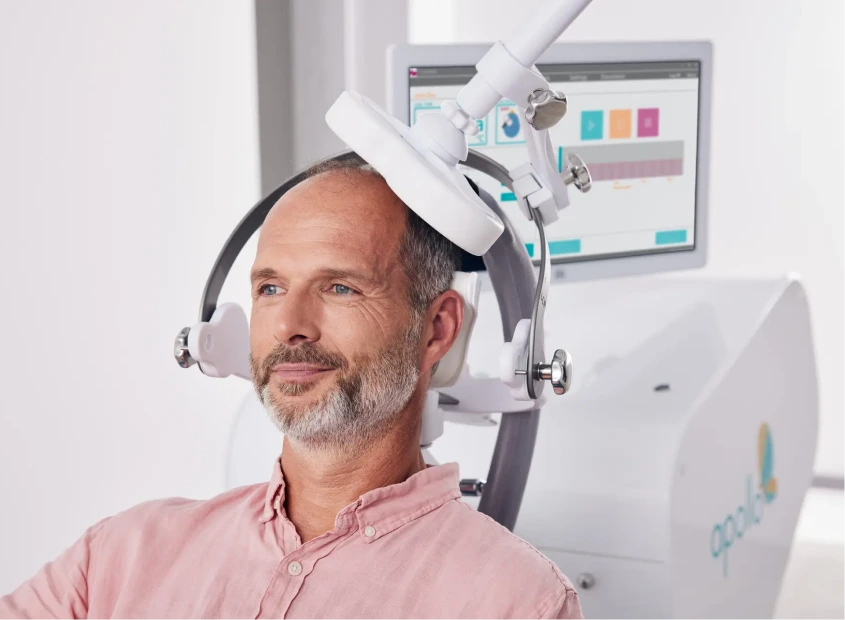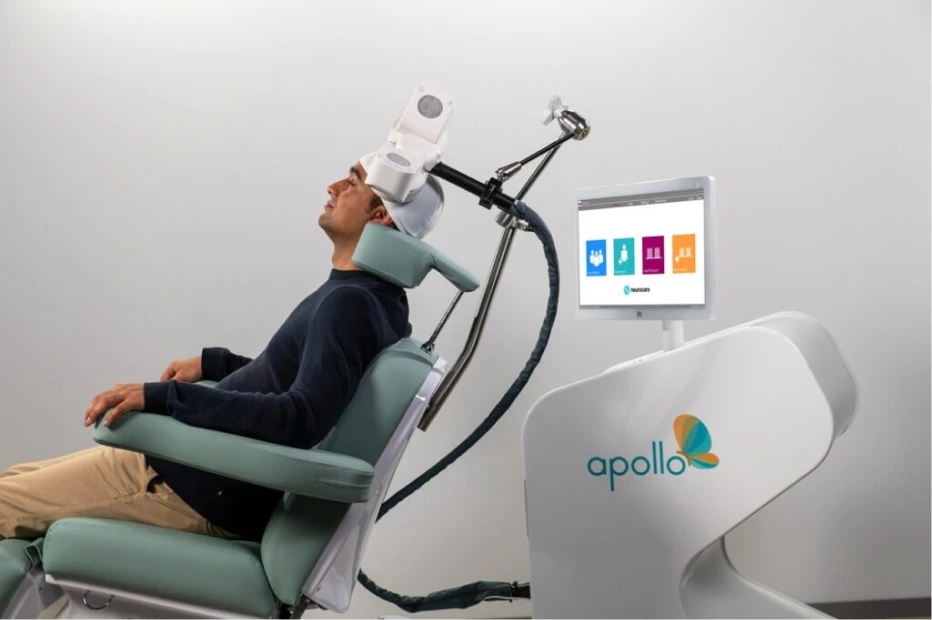Transcranial magnetic stimulation (TMS) therapy has emerged as a promising treatment option for individuals struggling with depression and other mental health conditions that have not responded to traditional approaches. As more patients consider this non-invasive alternative, one of the most common questions that arises is about the financial investment required. Understanding the cost of TMS therapy involves navigating a complex landscape of insurance coverage, treatment protocols, and regional pricing variations — factors that can significantly impact the overall expense for people seeking relief through this innovative treatment method.
TMS for Schizophrenia





